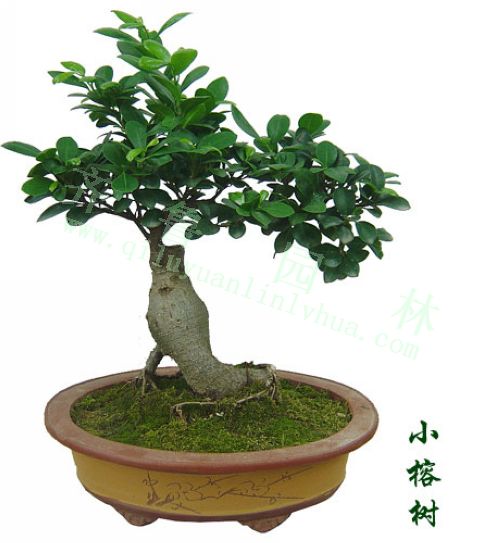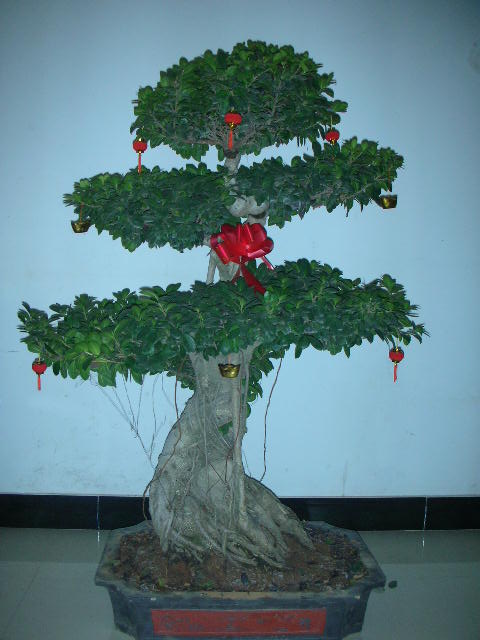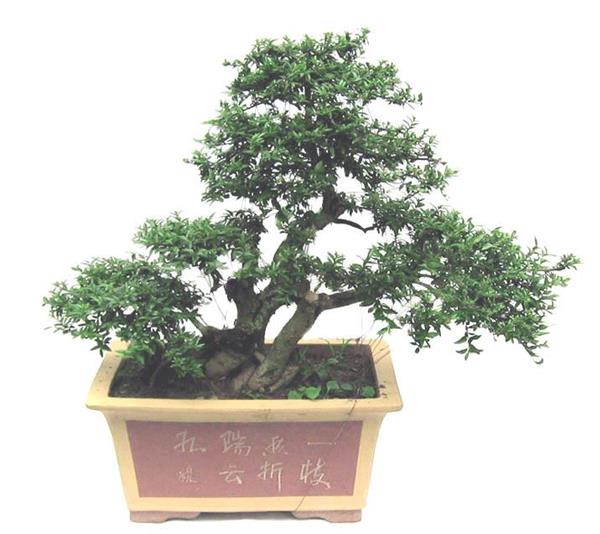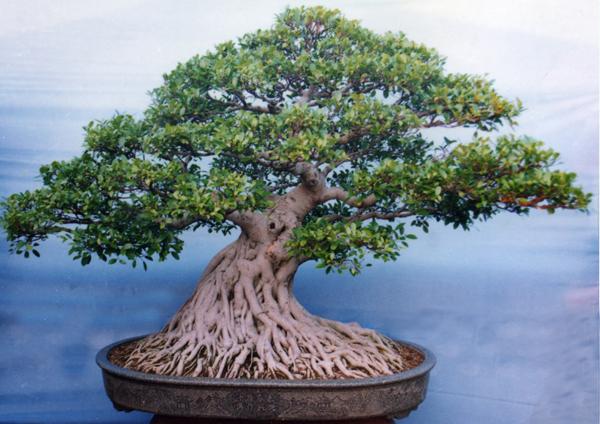[how do ginseng banyan trees lose their leaves] how to cultivate ginseng banyan trees
How do ginseng banyan tree lose its leaves? Ginseng banyan mostly grows in the humid climate with high temperature and rainy climate, where Rain Water is abundant in the tropical rain forest. The most suitable growth temperature of ginseng banyan should not be too large day and night, if the temperature difference is 10 degrees, it is easy to lose leaves and eventually lead to death. Therefore, when maintaining at ordinary times, we should pay attention to the place where the light is transparent, and pay attention to the appropriate shade in summer. How to raise ginseng and banyan trees?

What if the ginseng banyan tree loses its leaves?
1. Improper watering: the banyan tree must adhere to the principle of not drying and watering thoroughly. The drying here means that the surface of the basin soil is dry, not the basin soil is thoroughly dry, of course, even if it is dry, it will not cause great damage to the banyan tree in a short time, because the leaves of the banyan tree are thick and small, and have a certain degree of drought resistance.
two。 Improper fertilization: banyan fertilization needs to be carried out by applying thin fertilizer frequently to avoid the application of high concentration chemical fertilizer or unfermented mature organic fertilizer, otherwise it will cause fertilizer damage, the light ones will lose their leaves and the heavy ones will die.
3. Lack of light: the banyan tree grows well in an environment with sufficient light, and its leaves are greener if it can shade 30-50% of the sun in summer, but it is best not to shade when the temperature is lower than 32 ℃, so as to prevent the leaves from falling off.

4. Caused by pests: the main pests caused by fallen leaves in banyan trees are red spiders and shell insects, although there is also a "thrips" harm, it is only rolled leaves to absorb juice, the harmfulness is less than the above two kinds, and thrips are easy to control, only curly leaves can be removed and destroyed. The individual red spider is relatively small, and the general harmful part is the back of the leaf, which is caused by poor ventilation and dry air. The whole plant can be washed with water and sprayed with special mites, such as mites, acaroid mites and so on. The harmful parts of shell insects are mainly stems and petioles, with different size and color, round and oval in shape, and generally do not move, but they are harmful and need to be prevented and treated in time. They can be wiped clean with a toothbrush or dishcloth, or 0.2% solution of detergent and essential oil can be sprayed, or pesticides such as methamphetamidophos are sprayed with good results.
Culture method
The ginseng banyan tree should be watered to see that it is dry and wet, and the basin soil had better be kept moist frequently. It should be placed in a cool place in summer, and its fertilization should also be determined according to its growth. Generally, when it is in the peak growing season, it can be given sufficient mature thin bean cake water every other month or so, and in winter, attention should be paid to it to prevent freezing. It is also necessary to prevent it from being exposed to the sun in summer, and it is best to pay attention to disinfestation and disinfestation all the year round.

The roots of ginseng banyan are like ginseng, so it is very beautiful to expose its roots to the mud when we plant them. Of course, we can also use it to graft different varieties of banyan trees, and it is the best gift for birthday celebrations. In terms of soil, it is best to cultivate it with river sand or sandy soil. in order to make its root big and fat, we can add a little fertilizer for it.
The cultivation of bonsai
Temperature: the most suitable temperature for its growth is between 18 and 33 degrees, and its temperature can not be lower than 10 degrees in winter. If it is below 6 degrees, it will be very easy to suffer frost damage.
Lighting: ginseng banyan tree likes a moist and warm environment. In the spring and autumn season, we can put it in a place with appropriate light, so that it can fully accept the sunlight. It should be placed in a place where there is no direct sunlight in the summer.
Watering: watering it should follow the principle of dry and wet, and its basin soil is best kept moist from time to time.

Fertilization: ginseng and banyan trees can be fertilized once a month under normal conditions during the growing season, mainly based on phosphorus and potassium fertilizers, preferably shallow burial and near the roots of the plants.
Change the basin: change the basin and change the soil once a year in the spring, it is best to add that the base fertilizer, so that it is more conducive to its growth in the coming year.
- Prev

[what if the swallow's palm drops the leaf] what if the swallow's palm loses the leaf?
[what if the swallow's palm drops the leaf] what if the swallow's palm loses the leaf?
- Next

[plain sailing doesn't blossom] what if it doesn't blossom?
[plain sailing doesn't blossom] what if it doesn't blossom?
Related
- Wuhan Hospital Iron Tree Blooming Result Was Instantly Frightened by the Gardener Master
- Which variety of camellia is the most fragrant and best? Which one do you like best?
- What is the small blue coat, the breeding methods and matters needing attention of the succulent plant
- Dormancy time and maintenance management of succulent plants during dormancy
- Minas succulent how to raise, Minas succulent plant pictures
- What are the varieties of winter succulent plants
- How to raise succulent plants in twelve rolls? let's take a look at some experience of breeding twelve rolls.
- Attention should be paid to water control for succulent plants during dormant period (winter and summer)
- Watering experience of twelve rolls of succulent plants
- Techniques for fertilizing succulent plants. An article will let you know how to fertilize succulent plants.

